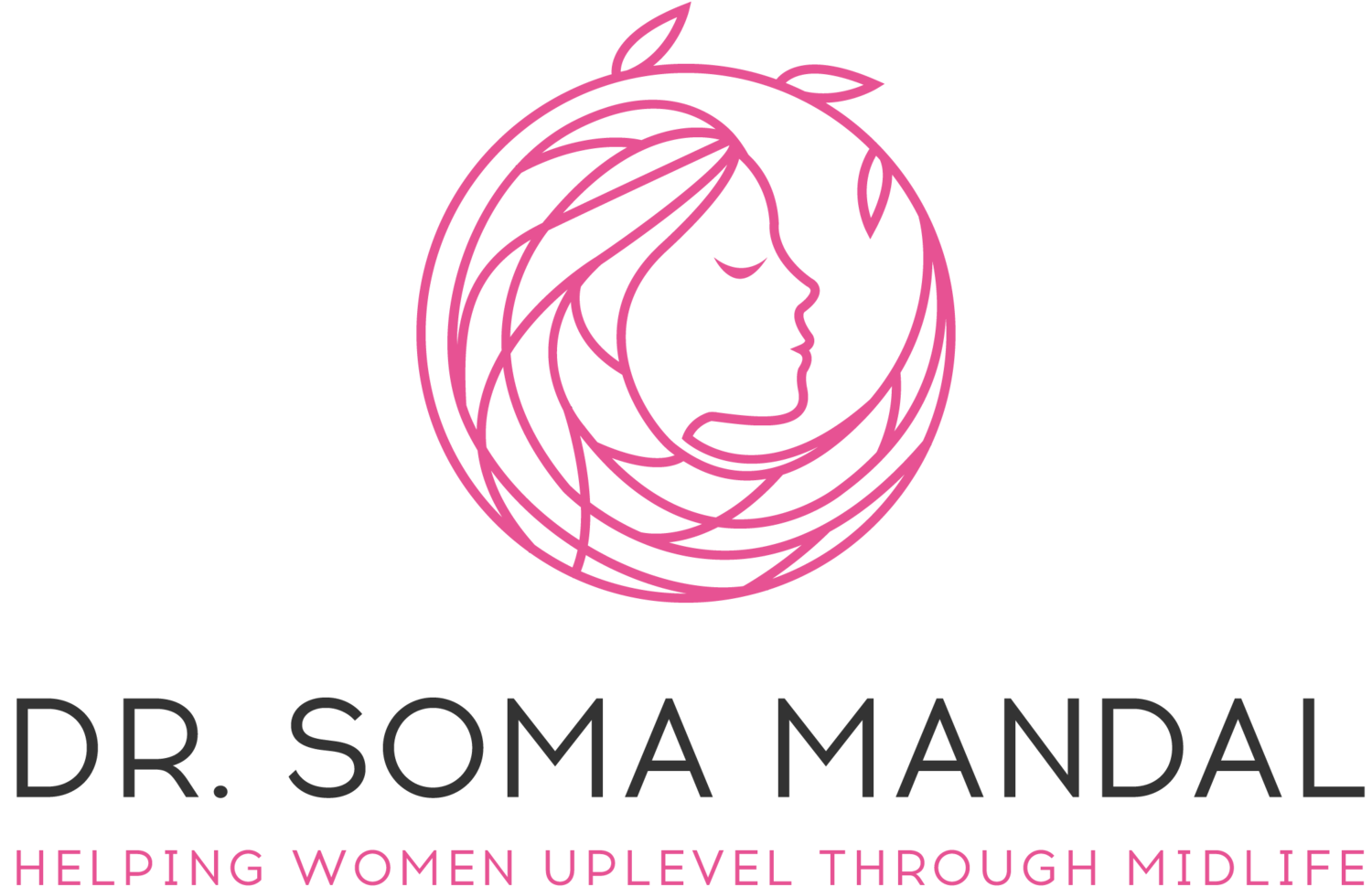Cold Showers
Cold showers offer numerous health benefits. They stimulate blood circulation, leading to improved overall circulation. Shifting from a warm to a cold shower can raise your heart rate and oxygen intake, serving as a natural morning "pick-me-up". Cold showers may also trigger endorphin production, our body's own pain relievers and mood boosters. Furthermore, cold showers can stimulate noradrenaline production, a chemical associated with depression relief.
As an internist, I often recommend rinsing your face with cold water. It can help tighten your skin and reduce pore size. Additionally, it can enhance the appearance of your hair, making it look shinier and healthier. Cold showers can also boost your metabolic rate and immune response. Some athletes use cold showers to alleviate muscle soreness following intense workouts.
Cold showers are the easiest form of cold therapy to access. Their impact is less severe compared to cold plunging or cryotherapy. Cold plunging involves submerging oneself in cold water, typically around 50-59 F, often after rigorous workouts to minimize muscle inflammation and soreness. Cryotherapy, the most extreme form of cold therapy, involves exposing the body to temperatures below -200 F for a few minutes under professional supervision. It's frequently employed for pain and inflammation reduction and for athlete recovery.
I typically suggest spending at least 5 minutes in a cold shower, focusing on areas like your face and scalp/hair. It's important to gradually warm up post-shower with warm clothing or a heated room.
However, individuals with certain medical conditions should approach cold showers with caution. They can trigger a sudden rise in heart rate and blood pressure, so those with hypertension or heart conditions should be careful. Additionally, if you have Raynaud's disease, which impacts finger and toe circulation, you should be mindful when taking cold showers.
-Dr. Soma






